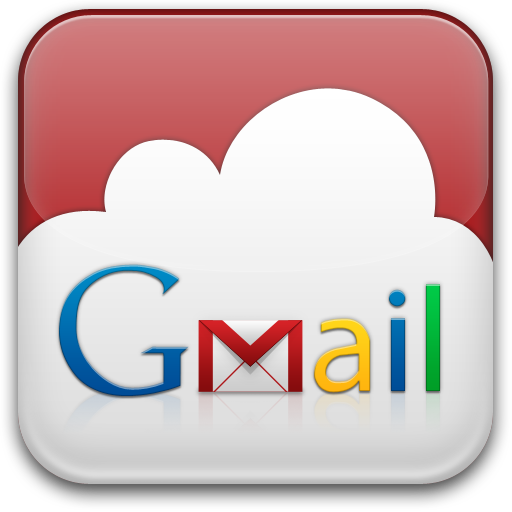
If you’re like most email marketers, then you scratch your head - constantly - over the mysteries and challenges of sending to Gmail subscribers (and staying out of the junk folder). Google has been one of the most inventive email providers over the last year, with cached images, the Promotion Tab, and the forthcoming Pinterest-style email thumbnails. Here are some insights and tips for you to consider.
With Gmail now as much as 20-30% of a client’s list (and its growing use on Android phones as well), we all need to get a grip on Gmail - and how to potentially develop a specific strategy toward that audience. We have spent months with clients working on content and delivery strategies in order to build healthier engagement rates, and improve overall deliverability. It’s a tough road, and requires some time and care - as Google has proven to be one of the most aggressive foes of permission-based marketers. They essentially decide to either flag your emails as spam, or even outright block them and never appear in anyone’s inbox if you don’t take special care of your gmail list and use best-practices.
The first and most obvious strategy is this; you must have a pure opted-in list AND an excellent content strategy. Google, more than any other ISP, measures “engagement” (opens, clicks, forwards, replies) within your emails, and then compares that to complaints/ this-is-spam clicks, bounces, spam-traps, and email authentication. It’s also obvious that Gmail uses a strategy that we refer to as “fingerprinting”. All of these things - including the actual content, words, and images (such as heavy image-to-text ratios or common spam-oriented words and offers) are used to create an overall picture/reputation of your from-address and IP address.
Frankly, all of these factors (and many that I’m leaving out of this conversation for now) are simply too much for most marketers to deal with. They’re complicated and frustrating - especially when you are CONFIDENT that your audience has requested and wants your content. But, then there’s the other side of the coin - when you DO get your act together with regards to list-quality, excellent content, and good email best-practices, Google will reward you with excellent deliverability and placement.
Here’s what we suggest if you have little-to-no opens/clicks within Gmail:
Note: To simplify the above process, we've built functionality within TailoredMail to handle this scenario automatically for clients.
What we’ve found with the approach above is hopefully obvious; your engagement “rates” go up and Gmail starts to reward you for this by letting more and more of your emails get through to the inbox. We’ve been able to successfully take clients from 1-2% open rates in Gmail to more than 20-25% in a matter of 3-6 months.
However, without focused and tight controls on the purity of your ACTIVE list you will simply revert back to the spam folder. We see clients that get NOTHING delivered to the inbox if they don’t use proper care and respect of their subscriber base. The same is true with virtually all other ISP’s, it's just that they are not quite as aggressive as Google.